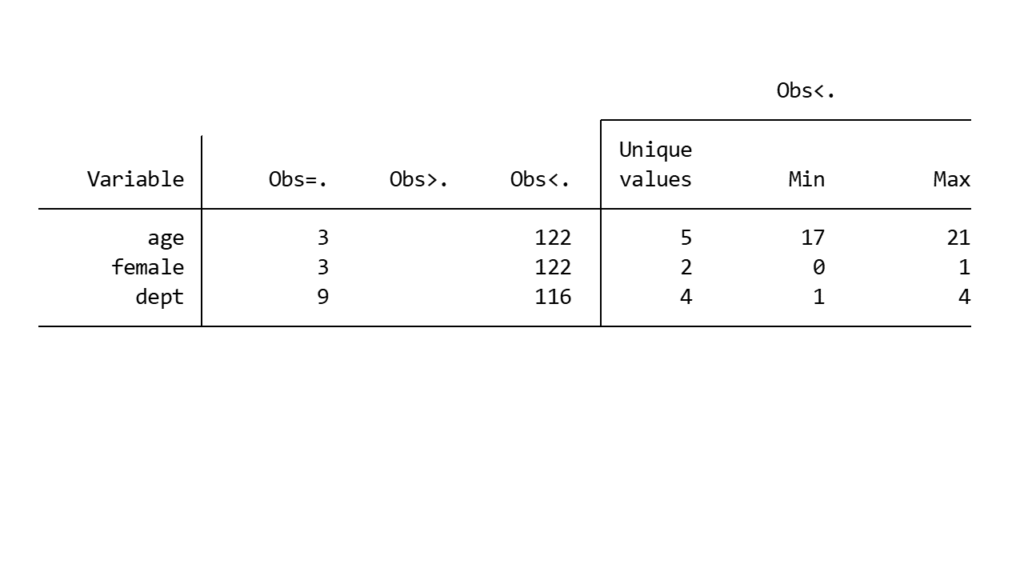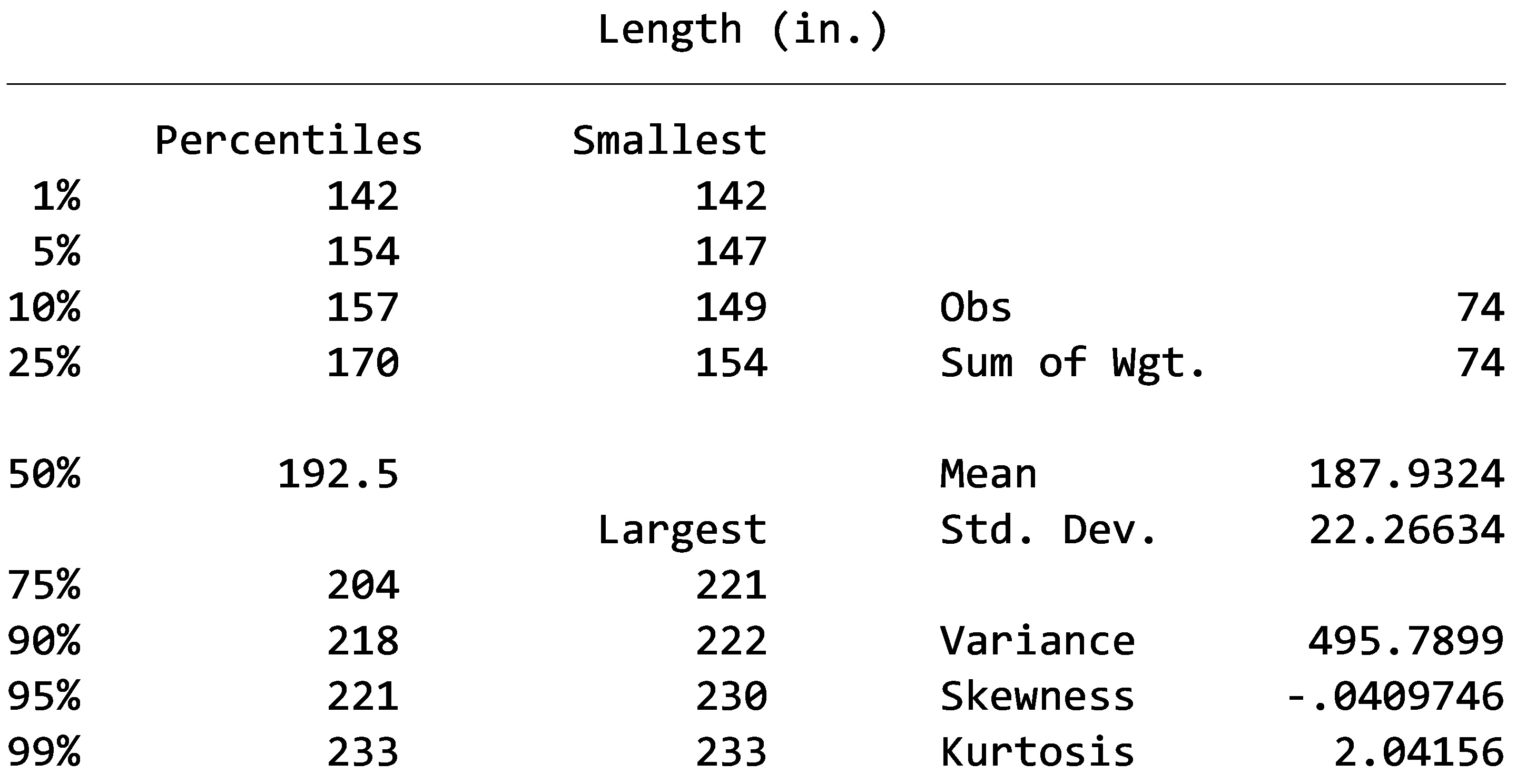

Is there a clear explanation for this / a broader intuition as to what might be occurring? Nothing in the helpfile or here pointed me to an explanation. My understanding is that R^2 should not strictly be interpreted as ‘amount of variance explained’ in this context, but even still, the changes seem suspicious. I’ve not encountered this before and I’m wondering / concerned whether this is diagnostic of some other issue / a red flag. Importantly, other measures of model fit – AIC and BIC – improve when additional variables are included, and likelihood-ratio tests strongly support the inclusion of additional variables. My Royston & Sauerbrei’s R^2 (not adjusted) value reduces a lot when additional predictors are added to the model - from 21% to 8% with the inclusion of a 2 predictor.

flexible parametric survival model (hazards) in Stata, using the stpm2 package and I have encountered a possibly unusual scenario.
STATA DROP DUPLICATES HOW TO
If anyone knows how to do this it would help a lot Which means I need to find the most similar observation to, for example, person A and then be able to take its match's abilities and use it for a regression.

indice_hogar anio mes directorio orden mujer nivel_educativo_cat trabajaįor better understanding, I am using an IV that is the ability of the most similar person according to the index and to personal characteristics. It is sort of a nearest neighbor match but without having a control or treatment group. For my analysis I need to match the most similar observations based on these variables. My home index variable is numerical (from 0 to 103) and the personal characteristics are either dummies or categorical variables. Is there any other way to remove this kind of duplicates or something else I should consider/pay attention to?įor my thesis I need to match observations based on an index variable that measures home conditions, personal variables such as age, gender, education, etc. Processed.append(max( for x in scores], key=len)) Scores = process.extract(lines, df, scorer=fuzz.token_set_ratio)

Here's my code: from thefuzz import fuzz, processĭf = pd.read_csv("file.csv", dtype=str, lineterminator='\n') However, it deletes some relevant lines or removes some of the duplicates only. I decided to use thefuzz to do this (which uses difflib).
STATA DROP DUPLICATES CODE
Since the table has no primary keys, I tried using a mixture of different fields like id, location code and amount, etc to find any recurring duplicates without mentioning the load date. The main issue was that I was not able to edit those files from beyond compare. After exporting the data to an excel file, I tried comparing the files using beyond compare but the files were being placed one after the other. I ran select queries for 17th, 18th, and 21st individually including 'X's id in the where condition. I'm going in with the assumption that there are duplicates and using queries or comparing excel files with data from different dates. I have been entering different queries to see if I could weed out the duplicates if there are any. Now, 'X' says that records from the 17th have also been uploaded on the 18th and 21st. Then the number of records is sent to 'X'. The entries in 'InHouse' are uploaded to our databases to a table 'ABC'. 'X' sends files to us that are concatenated to a file 'InHouse' that we create. This is my first post and I apologize if I mess up any format.


 0 kommentar(er)
0 kommentar(er)
